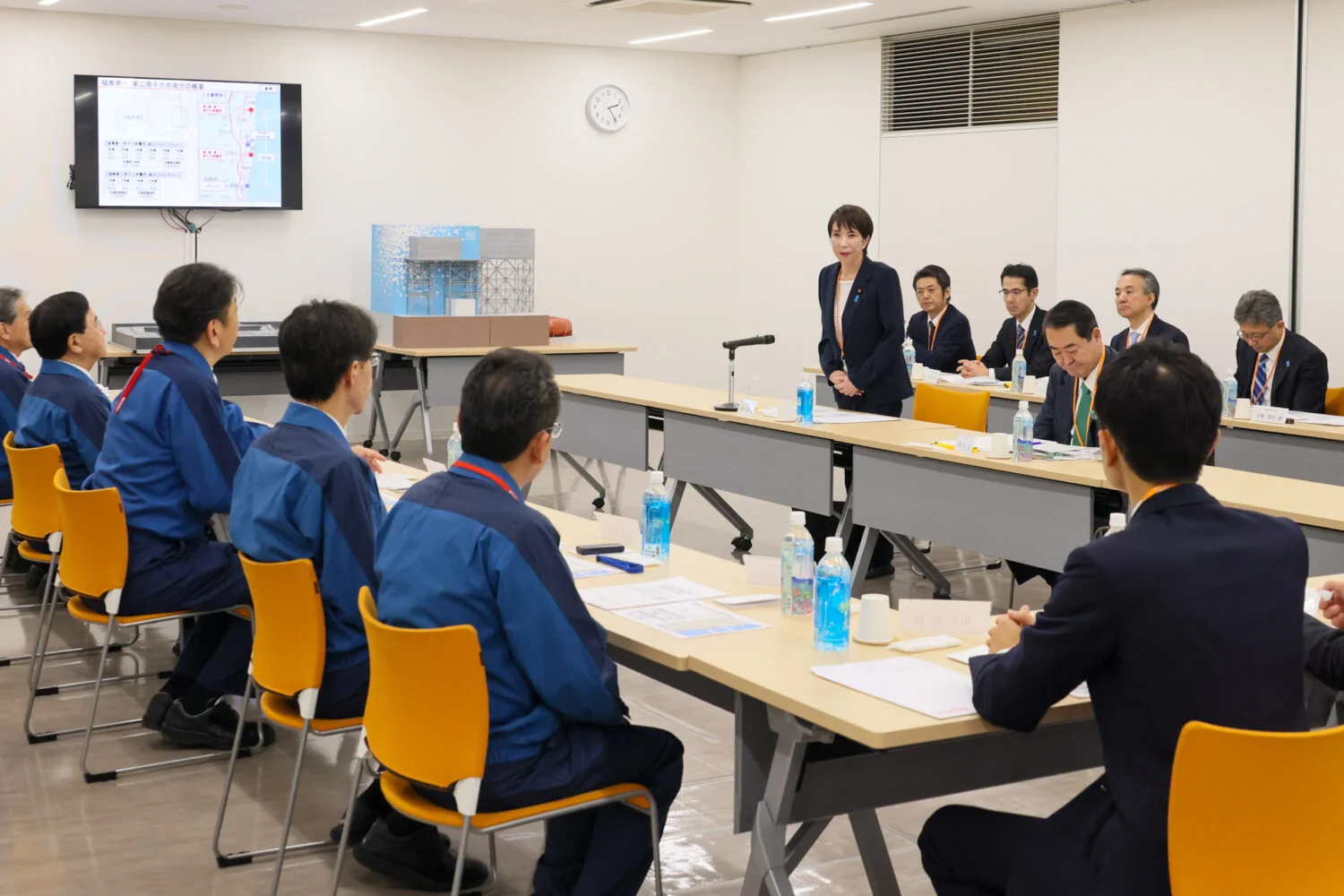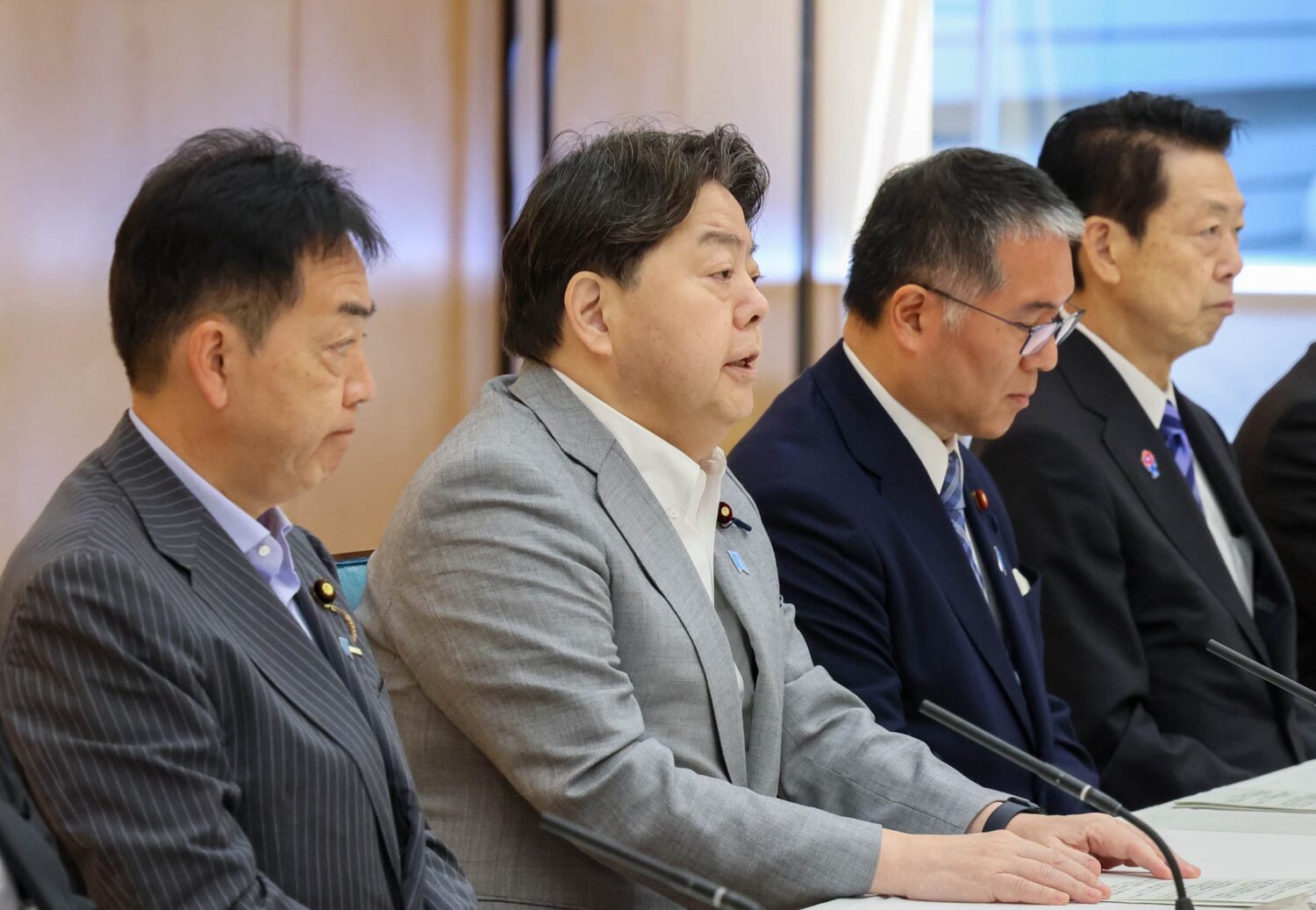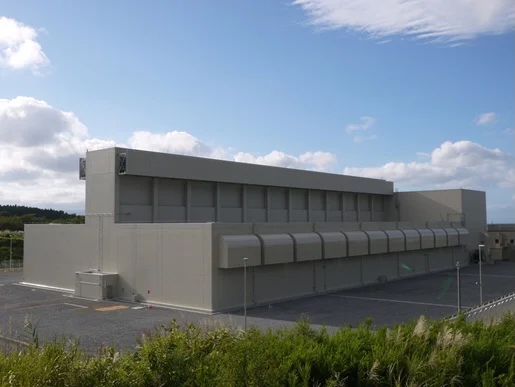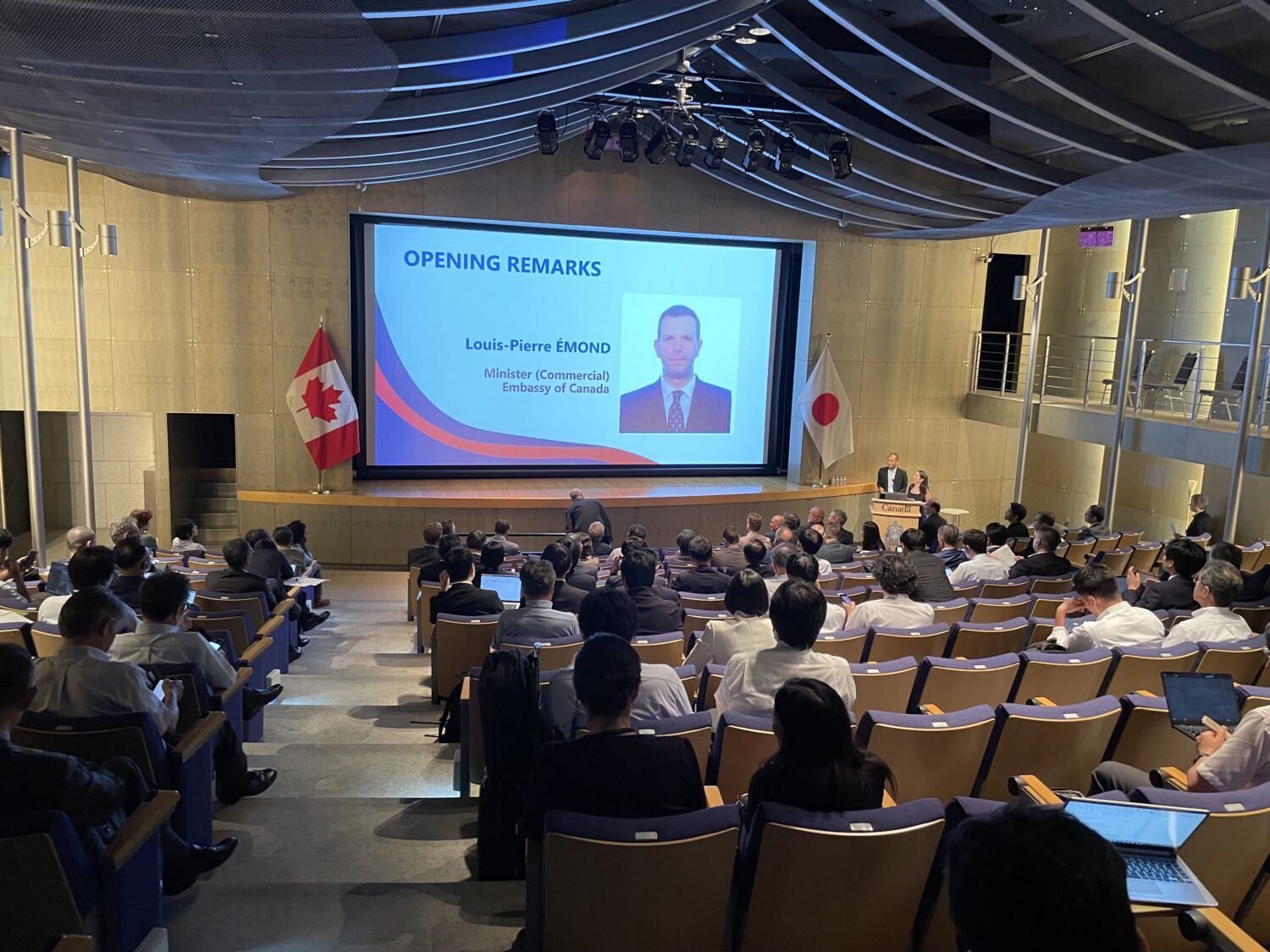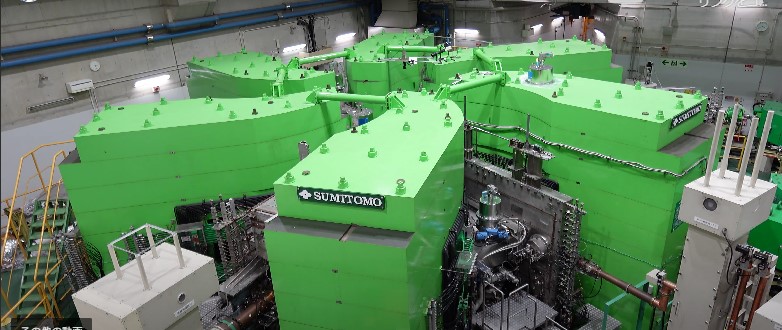Seven different systems are being used to treat the contaminated water: three kinds of multi-nuclide removal equipment collectively known as the Advanced Liquid Processing System (ALPS) — existing, additional and high-performance systems — plus a reverse-osmosis (RO) water treatment system, mobile-type strontium-removal equipment, and two different kinds of cesium-absorption devices. The nickname for the systems is “the seven brothers.”
About 80% of all the contaminated water stored in tanks had been treated by the end of March. The achievement of that level meant that the target was met for FY14 (April 2014 to March 2015) to keep the effective dose stemming from the tanks at less than 1 mSv/year at the boundaries of the Fukushima Daiichi complex.
The remaining water at the bottom of the tanks (estimated at about 9,500 cubic meters) will now be treated gradually, toward the eventual goal of dismantling the tanks. The water which was removed strontium by systems other than ALPS will be continued to be treated.
As of 12:00 midnight on May 27, the amount of stored water treated by ALPS came to about 440,000 cubic meters, while the amount of stored water which had strontium removed was about 180,000 cubic meters.
At a press conference on May 28, President Naohiro Masuda of the Fukushima Daiichi Decontamination & Decommissioning Engineering Company, referring to the completion of the treatment of the contaminated water, said, “Risk has been reduced most dramatically, marking quite a great step forward.”
In terms of the working environment, the area where full-face masks are not needed was expanded to about 90% of the site on May 29. Work efficiency should be improved as a result, as the workers will not feel so hot in summer and at other hot times a year — in addition to a reduced risk of heatstroke, not to mention enhanced communications.
On May 31, meanwhile, a large rest area was opened with space to eat meals. The nine-story building used for the purpose can accommodate up to 1,200 people.
Equipment using muon permeation technology to detect fuel debris in reactors was installed at Unit 1, with the actual measuring begun in February. Through measurements over approximately three months through May 19, it was quantitatively confirmed that no large amount of fuel remains in the reactor core.
However, TEPCO believes that fuel debris may be outside the containment vessel, in the lower part of the reactor pressure vessel.


